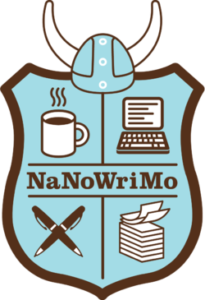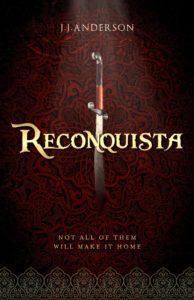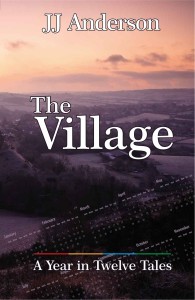 November is, amongst other things, NaNoWriMo or National Novel Writing Month and so far 9,184, 262 words have been written, world-wide, as part of it. Over half a million people are writing a novel, of at least 50,000 words, this month. Their deadline is 11.59 p.m. on 30th November.
November is, amongst other things, NaNoWriMo or National Novel Writing Month and so far 9,184, 262 words have been written, world-wide, as part of it. Over half a million people are writing a novel, of at least 50,000 words, this month. Their deadline is 11.59 p.m. on 30th November.
NaNoWriMo ‘believes in the transformational power of creativity. We provide the structure, community, and encouragement to help people find their voices, achieve creative goals, and build new worlds—on and off the page.’ The detail of how it works (as a non-profit organisation) can be found at it web-site.
Supporting events take place around the globe, write-ins, meetings all organised locally by volunteers who have themselves taken part in NaNoWriMo. In 2015 six hundred and thirty-three regions across the english-speaking world took part. All this from a writing project which started in San Francisco in 1999.
Many of NaoWriMo’s novels are published in the traditional way (almost four hundred so far). Some of the more famous are Sara Gruen’s ‘Water for Elephants’, Erin Morgenstern’s ‘The Night Circus’, Hugh Howey’s ‘Wool’, Rainbow Rowell’s ‘Fangirl’, Jason Hough’s ‘The Darwin Elevator’, and Marissa Meyer’s ‘Cinder’.
Meanwhile I am now just over half way through writing (I think) the sequel  to ‘Reconquista‘ and I’m heading off to Jerez to concentrate on doing more. At just over two hundred pages, I’m getting to a particularly difficult part.
to ‘Reconquista‘ and I’m heading off to Jerez to concentrate on doing more. At just over two hundred pages, I’m getting to a particularly difficult part.
Like the Battle of Tarif-Al-Ghar in the first book, there is a big set-piece action scene in the sequel. Such elements are notoriously hard to get right, especially when, as in this and the earlier book, the action is viewed at roughly the same time by a number of different characters located in different places. So quite a lot of work has to go into establishing overall exactly what happens, where and when, before determining who can see, and hear, what and when.
One group of my characters is inside, so their view of what is happening is restricted to what they can see from a window and what they can hear. Yet others are caught up, separately, in parts of what is happening.
 Being able to portray an ‘epic’ event in this way is one of the advantages of having a group of characters from whose point of view the story is being told. A single protagonist, or central character, might give the reader a more immersive experience of that character, but cannot show more than what a single character hears, sees or feels and, unless they have an omnipotent position, that is necessarily limited. That’s not to say that such a viewpoint would have less power, it could be very powerful ( that would depend on the writing ) but it wouldn’t give the reader such an over-arching view.
Being able to portray an ‘epic’ event in this way is one of the advantages of having a group of characters from whose point of view the story is being told. A single protagonist, or central character, might give the reader a more immersive experience of that character, but cannot show more than what a single character hears, sees or feels and, unless they have an omnipotent position, that is necessarily limited. That’s not to say that such a viewpoint would have less power, it could be very powerful ( that would depend on the writing ) but it wouldn’t give the reader such an over-arching view.
It depends what the author is reaching for. I have realised that I like a whole to be created by a sum of parts, as in the twelve inter-locking stories in ‘The Village‘, for example. ‘Reconquista‘ was similar, though a single tale, it had multiple strands within it. At some point I am going to have to move away from this structure, though, for the moment I’m happy with it – having multiple points of view also enables the author to create lots of excitement, which is what’s required in an adventure story.
sum of parts, as in the twelve inter-locking stories in ‘The Village‘, for example. ‘Reconquista‘ was similar, though a single tale, it had multiple strands within it. At some point I am going to have to move away from this structure, though, for the moment I’m happy with it – having multiple points of view also enables the author to create lots of excitement, which is what’s required in an adventure story.
Here’s hoping I get plenty more written while I’m away. I will think of all those NaNoWriMo writers for inspiration, as I look out at the amazing ‘super Moon’, which will be even clearer in Jerez than it is in London.
If you enjoyed reading this article you might also like Plotting Characters Wanted, book researcher….


 RSS – Posts
RSS – Posts